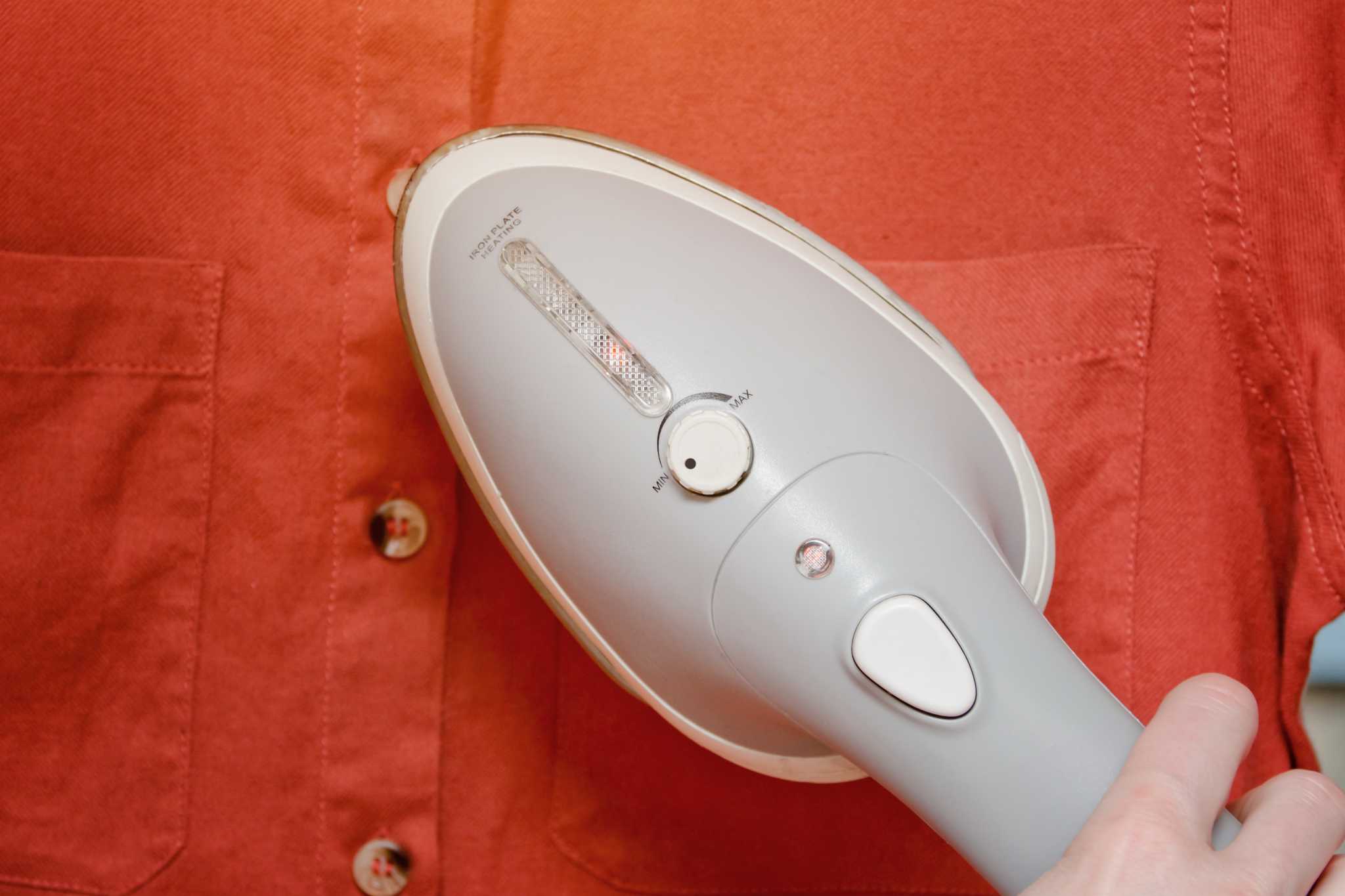

Articles
Why Is My Steamer Spitting Water
Modified: August 25, 2024
Discover why your steamer is spitting water and learn how to fix the issue with helpful articles.
(Many of the links in this article redirect to a specific reviewed product. Your purchase of these products through affiliate links helps to generate commission for Storables.com, at no extra cost. Learn more)
Introduction
Using a steamer is a convenient and efficient way to remove wrinkles and refresh clothes, curtains, and other fabrics. However, it can be frustrating when your steamer starts spitting water instead of producing a continuous stream of steam. Not only can this be messy, but it can also affect the effectiveness of the steamer. But fear not, as there are common causes for a steamer spitting water and troubleshooting steps you can take to resolve the issue.
In this article, we will explore the reasons why your steamer may be spitting water and provide helpful tips on how to troubleshoot and fix the problem. By understanding the underlying causes, you can quickly address the issue and get your steamer back to its optimal performance.
So, let’s dive in and unravel the mysteries behind your steamer spitting water.
Key Takeaways:
- Don’t let a spitting steamer dampen your day! By understanding common causes and following troubleshooting steps, you can keep your steamer running smoothly and your clothes wrinkle-free.
- Proper maintenance, correct usage, and troubleshooting can resolve steamer spitting issues. Follow manufacturer guidelines and take steps to ensure optimal performance and efficient fabric care.
Read more: Why Is My Air Conditioner Spitting Out Water
Common Causes of a Steamer Spitting Water
When your steamer starts spitting water instead of producing a steady stream of steam, it can be frustrating and hinder your ability to effectively remove wrinkles from your clothes or fabrics. Let’s explore some common causes behind this issue:
1. Overfilling the Water Tank: One of the main causes of a steamer spitting water is overfilling the water tank. When you fill the tank beyond its recommended capacity, it can lead to excessive water buildup, resulting in water droplets being expelled along with the steam.
2. Low Water Level in the Tank: Conversely, if the water level in the tank is too low, it can cause the steamer to suck in air along with the steam. This can create an imbalance and cause water droplets to be expelled instead of a continuous flow of steam.
3. Clogged or Dirty Steam Nozzle: Another common cause of a steamer spitting water is a clogged or dirty steam nozzle. Over time, mineral deposits or debris may accumulate in the nozzle, obstructing the flow of steam and causing water to be forced out instead.
4. Improper Use of the Steamer: Using the steamer incorrectly can also lead to water spitting issues. For example, if you tilt the steamer too much or move it too quickly across the fabric, it can cause the water to be disrupted and expelled along with the steam.
5. Electrical Issues: In some cases, electrical issues can be the culprit behind a steamer spitting water. If there is a problem with the heating element or the temperature control mechanism, it can cause the water to not vaporize properly, resulting in water droplets being expelled.
By understanding these common causes, you can better pinpoint the issue with your steamer and take appropriate troubleshooting steps. In the next section, we will discuss how to troubleshoot and stop your steamer from spitting water.
Overfilling the Water Tank
Overfilling the water tank is a common mistake that can cause your steamer to spit water. When you exceed the recommended water level, it creates excess pressure within the tank, which can lead to water droplets being expelled along with the steam.
To avoid overfilling the water tank, follow these steps:
1. Check the manufacturer’s instructions: Refer to the user manual or instructions provided by the manufacturer to determine the recommended water capacity for your specific steamer model.
2. Use the provided measuring cup: Most steamers come with a measuring cup or markings on the water tank to help you pour the correct amount of water. Use this cup or markings to add the appropriate amount of water.
3. Leave some space: Avoid filling the water tank up to the brim. Leave a small gap at the top to allow for expansion when the water heats up.
4. Monitor the water level: Pay attention to the water level while using the steamer. If you notice the water level dropping significantly, it may be time to refill the tank. However, avoid overfilling it again.
By following these steps, you can ensure that you are not overfilling the water tank and prevent your steamer from spitting water. Remember, maintaining the right water level is crucial for the smooth operation of your steamer.
Low Water Level in the Tank
Having a low water level in the tank can also cause your steamer to spit water. When there isn’t enough water to create a proper steam flow, the steamer may start sucking in air along with the steam, resulting in water droplets being expelled.
To prevent low water level issues, follow these steps:
1. Check the water level: Before using the steamer, always check the water level in the tank. Ensure that it is above the minimum fill line specified by the manufacturer.
2. Fill the tank with adequate water: If the water level is low, refill the tank with the recommended amount of water. Use the provided measuring cup or markings on the tank to ensure you add the correct quantity.
3. Monitor the water level during use: Keep an eye on the water level while using the steamer. If you notice it dropping significantly, pause and refill the tank. This will prevent the steamer from sucking in air, which can cause water spitting issues.
4. Avoid excessive tilting: While using the steamer, avoid tilting it excessively as this can cause the water to move away from the heating element, leading to a low water level. Maintain a upright position to keep the water evenly distributed in the tank.
By maintaining an adequate water level in the tank, you can ensure that the steamer produces a steady flow of steam without spitting water. Remember to monitor the water level and refill as needed to achieve optimal steaming results.
Clogged or Dirty Steam Nozzle
A clogged or dirty steam nozzle is another common cause of a steamer spitting water. Over time, mineral deposits, lint, or other debris can accumulate in the nozzle, obstructing the flow of steam and causing water droplets to be expelled.
To resolve this issue and ensure smooth steaming, follow these steps:
1. Turn off and unplug the steamer: Before cleaning the steam nozzle, make sure the steamer is turned off and unplugged. This is important for your safety and to avoid any electrical mishaps.
2. Check the user manual: Consult the user manual provided by the manufacturer to locate the steam nozzle and understand the recommended cleaning method.
3. Remove the nozzle: Depending on your steamer model, you may need to unscrew or detach the steam nozzle. Refer to the user manual for specific instructions on how to remove it.
4. Clean the nozzle: Use a small brush, such as a toothbrush or a pipe cleaner, to gently scrub the inside and outside of the nozzle. This will help remove any buildup of mineral deposits, lint, or other debris. Be careful not to damage the nozzle while cleaning.
5. Rinse with water: After scrubbing the nozzle, rinse it with warm water to remove any remaining residue. Make sure to thoroughly clean the nozzle to ensure proper steam flow.
6. Dry and reattach the nozzle: After cleaning, dry the steam nozzle completely. Once dry, reattach it to the steamer according to the manufacturer’s instructions.
Regularly cleaning the steam nozzle will prevent clogs and maintain the optimal performance of your steamer. By ensuring a clear and unobstructed steam flow, you can minimize the chances of the steamer spitting water and achieve better steaming results.
Improper Use of the Steamer
Improper use of the steamer can also contribute to the issue of water spitting. Certain actions or techniques can disrupt the normal flow of steam and result in water droplets being expelled. To avoid this problem, follow these steps:
1. Maintain an upright position: When using the steamer, keep it in an upright position as much as possible. Tilting the steamer excessively or at unusual angles can cause the water to move away from the heating element, leading to water spitting issues.
2. Smooth and steady movements: Move the steamer smoothly and steadily across the fabric. Avoid rapid or jerky movements, as it can disturb the balance between steam and water, causing water droplets to be expelled.
3. Keep a suitable distance: Maintain an appropriate distance between the steamer and the fabric. Holding the steamer too close to the fabric can cause excessive condensation and result in water spitting. Follow the manufacturer’s guidelines for the recommended distance.
4. Prevent oversteaming: Do not oversteam a particular area for an extended period. This can cause excessive condensation and result in the steamer spitting water. Keep the steam wand or nozzle moving smoothly across the fabric to distribute the steam evenly.
5. Use the correct settings: Ensure that you are using the appropriate steam setting for the fabric you are steaming. High heat settings or prolonged exposure to steam on delicate fabrics can lead to water spitting. Refer to the fabric care label or manufacturer’s recommendations for the correct steaming settings.
By practicing proper steamer usage techniques, you can minimize the chances of water spitting issues. Remember to maintain an upright position, use smooth and steady movements, and keep an appropriate distance between the steamer and the fabric. These measures will ensure a more efficient and effective steaming experience.
Electrical Issues
In some cases, electrical issues can be the underlying cause of a steamer spitting water. Problems with the heating element or temperature control mechanism can prevent the water from vaporizing properly, resulting in water droplets being expelled along with the steam.
If you suspect that electrical issues are causing your steamer to spit water, here are some steps to troubleshoot the problem:
1. Check the power supply: Ensure that your steamer is properly connected to a functioning power outlet. Sometimes, a loose connection or power surge can affect the steamer’s performance. Try plugging the steamer into a different outlet or using a different power cord to rule out any electrical problems.
2. Inspect the heating element: The heating element is responsible for generating steam in the steamer. If it is faulty or damaged, it may not heat up to the required temperature, causing water spitting issues. If you have the technical know-how, you can inspect the heating element for any visible signs of damage or consult a professional technician for assistance.
3. Check the temperature control: The temperature control mechanism in the steamer regulates the heat to produce the desired amount of steam. If it is not functioning properly, it can lead to inconsistent heating and water spitting. Consult the user manual or contact the manufacturer to learn how to test the temperature control and address any potential issues.
4. Seek professional help: If you have tried the above troubleshooting steps and suspect that there is a more significant electrical problem with your steamer, it is advisable to consult a professional technician. They will have the expertise to diagnose and fix any electrical issues that could be causing water spitting.
It’s essential to prioritize safety when dealing with electrical issues. Always disconnect the steamer from the power source before inspecting or making any repairs. If you are unsure or uncomfortable handling electrical components, it is best to seek professional assistance to avoid any accidents or further damage to the steamer.
By addressing electrical issues promptly, you can resolve the problem of your steamer spitting water and ensure safe and effective operation in the future.
Make sure the water tank is not overfilled, and the steamer is not tilted too far forward. This can cause water to spit out instead of producing steam.
Troubleshooting Steps to Stop a Steamer from Spitting Water
Dealing with a steamer that is spitting water can be frustrating, but there are several troubleshooting steps you can take to resolve the issue. By following these steps, you can identify and address the underlying problem, allowing your steamer to produce a continuous stream of steam without any water spitting.
Here are some effective troubleshooting steps to stop a steamer from spitting water:
1. Emptying and Refilling the Water Tank: Start by emptying the water tank completely. Rinse it to remove any residue or mineral buildup that may be causing clogs. Refill the tank with the recommended amount of clean, filtered water. Avoid overfilling or underfilling the tank.
2. Checking and Cleaning the Steam Nozzle: Inspect the steam nozzle for any visible signs of clogs or debris. If you notice any blockages, remove the nozzle and clean it thoroughly using a small brush or pipe cleaner. Ensure that the nozzle is completely dry before reattaching it to the steamer.
3. Ensuring Proper Usage of the Steamer: Review the user manual to ensure you are using the steamer correctly. Avoid tilting the steamer excessively, maintain a suitable distance from the fabric, and move the steamer smoothly and steadily. Following proper usage guidelines will help prevent water spitting issues.
4. Checking for Electrical Problems: Verify that your steamer is properly connected to a functioning power outlet. If you suspect any electrical issues, inspect the heating element and temperature control mechanism. Seek professional help if you are unsure or encounter any complex electrical problems.
5. Using Distilled Water: Consider using distilled water instead of tap water, especially if you live in an area with hard water. Hard water can contain minerals that can accumulate in the steamer and cause clogs. Distilled water has a lower mineral content and can help prevent water spitting.
6. Regular Maintenance and Cleaning: Routinely clean and maintain your steamer as per the manufacturer’s recommendations. This includes descaling the tank, cleaning the steam wand or hose, and ensuring that all parts are in good condition. Regular maintenance will prevent buildup and maintain the optimal functioning of your steamer.
By following these troubleshooting steps, you can identify and address the specific issue causing your steamer to spit water. Remember, each step should be performed systematically, and if one step doesn’t resolve the problem, move on to the next. If the issue persists, it may be necessary to contact the manufacturer’s support or seek assistance from a professional technician.
With patience and proper troubleshooting, you can resolve the water spitting issue and maximize the performance of your steamer.
Emptying and Refilling the Water Tank
When your steamer is spitting water, one of the first troubleshooting steps to take is emptying and refilling the water tank. This process helps eliminate any potential issues caused by overfilling, mineral buildup, or contaminated water. Here’s how to empty and refill the water tank correctly:
1. Turn off and unplug the steamer: Before emptying the water tank, make sure the steamer is turned off and unplugged. This ensures your safety and prevents any electrical mishaps.
2. Allow the steamer to cool down: If you have been using the steamer, give it enough time to cool down before attempting to empty the tank. Hot water can cause burns or damage if not handled with caution.
3. Find the water release valve: Look for the water release valve on the steamer. This valve allows you to safely drain the water from the tank without any spills or leaks. It is usually located on the base or near the water tank.
4. Position a container: Place a suitable container or sink beneath the water release valve to catch the water as it drains out. Make sure the container is large enough to hold the amount of water in the tank.
5. Open the water release valve: Carefully open the water release valve, allowing the water to flow out into the container. Be cautious as the water may still be hot. Avoid splashing or spilling the water.
6. Inspect the tank: Once the tank is empty, inspect the inside for any residue or mineral buildup. If you notice any deposits, rinse the tank with warm water to remove them. Do not use harsh chemicals or scrub too vigorously, as this may damage the tank.
7. Refill the tank: Fill the water tank with clean, filtered water. Refer to the manufacturer’s guidelines or markings on the tank to ensure you do not overfill or underfill it. Avoid using extremely cold or hot water, as this can affect the steamer’s performance.
8. Securely close the tank: After refilling the tank, securely close the lid or cap to prevent water from leaking. Ensure that it is tightly sealed to maintain the proper balance of steam and water within the steamer.
By emptying and refilling the water tank, you can eliminate potential issues related to overfilling, mineral buildup, or contaminated water. This allows the steamer to operate more efficiently and reduces the chances of water spitting. Remember to follow the manufacturer’s instructions and guidelines regarding the proper water level and type of water to use for optimal steamer performance.
Read more: Why Is My Electrical Steamer Not Working
Checking and Cleaning the Steam Nozzle
The steam nozzle plays a crucial role in delivering a smooth and continuous stream of steam. If it becomes clogged or dirty, it can cause your steamer to spit water instead. Checking and cleaning the steam nozzle is an essential troubleshooting step. Here’s how to do it effectively:
1. Turn off and unplug the steamer: Before inspecting or cleaning the steam nozzle, ensure that the steamer is turned off and unplugged. This will prevent any accidents or electrical mishaps.
2. Locate the steam nozzle: The steam nozzle is typically located at the end of the steam wand or hose. Refer to the user manual for your specific steamer model to find the exact location.
3. Inspect the nozzle: Carefully examine the steam nozzle for any visible signs of clogs or debris. These can include mineral deposits, lint, or other buildup that can obstruct the flow of steam.
4. Remove the nozzle if necessary: Depending on your steamer model, some nozzles can be detached for easier cleaning. Follow the manufacturer’s instructions to remove the nozzle safely.
5. Clean the nozzle: Use a small brush, such as a toothbrush or a pipe cleaner, to gently scrub both the inside and outside of the steam nozzle. Pay extra attention to any visible clogs or deposits. Be careful not to damage the nozzle while cleaning.
6. Rinse with water: After scrubbing, rinse the steam nozzle with warm water to remove any loosened debris or residue. This will ensure that the nozzle is free from any remaining buildup that could obstruct the flow of steam.
7. Dry and reattach the nozzle: Once clean, dry the steam nozzle thoroughly. Make sure there is no residual moisture that could cause issues when you reattach it to the steamer. Follow the manufacturer’s instructions to securely reattach the nozzle to the steamer.
Regularly checking and cleaning the steam nozzle helps maintain the steamer’s optimal performance and prevents water spitting issues. Removing any obstructions or buildup ensures a clear pathway for steam to flow smoothly without any interference. Remember to consult the user manual or contact the manufacturer if you have any specific questions or concerns about the cleaning process for your steamer model.
Ensuring Proper Usage of the Steamer
Proper usage of a steamer is key to preventing water spitting issues and optimizing its performance. By following some essential guidelines, you can ensure that you are using the steamer correctly and efficiently. Here are some tips to ensure proper usage of your steamer:
1. Maintain an upright position: When using the steamer, keep it in an upright position as much as possible. Tilting the steamer excessively or at unusual angles can cause the water to move away from the heating element, leading to water spitting issues. Keeping it upright ensures optimal steam flow.
2. Smooth and steady movements: Move the steamer smoothly and steadily across the fabric. Avoid rapid or jerky movements, as this can disturb the balance between steam and water, causing water droplets to be expelled. Move the steamer in vertical or horizontal motions to ensure even steaming.
3. Keep a suitable distance: Maintain an appropriate distance between the steamer and the fabric. Holding the steamer too close to the fabric can cause excessive condensation and result in water spitting. Follow the manufacturer’s guidelines for the recommended distance to hold the steamer from the fabric.
4. Prevent oversteaming: Do not oversteam a particular area for an extended period. This can cause excessive condensation and result in the steamer spitting water. Keep the steam wand or nozzle moving smoothly across the fabric to distribute the steam evenly.
5. Use the correct settings: Ensure that you are using the appropriate steam setting for the fabric you are steaming. High heat settings or prolonged exposure to steam on delicate fabrics can lead to water spitting. Refer to the fabric care label or manufacturer’s recommendations for the correct steaming settings.
6. Avoid steaming heavily wrinkled fabrics: If possible, remove heavy wrinkles from fabrics such as thick curtains or heavily folded garments using other methods before using the steamer. Excessively wrinkled fabrics can result in condensed water droplets being expelled when steamed, leading to water spitting.
7. Properly store the steamer: When not in use, ensure that the steamer is stored upright and in a safe location. Avoid leaving water in the tank for long periods, as it can promote the growth of bacteria or mold. Empty the water tank and allow it to dry before storage.
By following these guidelines, you can ensure proper usage of your steamer and minimize the chances of water spitting issues. Each steamer model may have specific usage instructions, so refer to the user manual or contact the manufacturer for any additional guidance or instructions tailored to your particular steamer.
Checking for Electrical Problems
Electrical problems can sometimes be the underlying cause of a steamer spitting water. If you suspect that an electrical issue is causing your steamer to malfunction, it’s important to take the necessary steps to diagnose and address the problem. Here’s how to check for electrical problems:
1. Ensure a proper power supply: Check that your steamer is connected to a working power outlet. Sometimes, a loose connection or a tripped circuit breaker can disrupt the steamer’s performance. Try plugging the steamer into a different outlet or test the outlet with another device to ensure it’s supplying power correctly.
2. Inspect the power cord: Examine the power cord for any visible signs of damage such as frayed wires, exposed conductors, or loose connections. If you notice any issues, do not use the steamer. Instead, contact the manufacturer for a replacement power cord or seek professional assistance.
3. Check the heating element: The heating element is responsible for generating steam in the steamer. If it is faulty or damaged, it may not heat up properly, leading to water spitting issues. Consult the user manual or manufacturer’s instructions to locate the heating element and inspect it for any visible signs of damage. If you suspect a faulty heating element, contact the manufacturer or a qualified technician for repairs or replacement.
4. Verify the temperature control: The temperature control mechanism regulates the heat in the steamer, determining the amount of steam produced. If the temperature control is malfunctioning, it can result in inconsistent heating and water spitting. Test the temperature control by adjusting it to different settings and monitoring the steamer’s performance. If you notice any irregularities, contact the manufacturer or a professional technician for further assistance.
5. Consult a professional: If you have tried the above steps and are still experiencing electrical issues, it’s recommended to consult a professional technician. They have the knowledge and expertise to diagnose and resolve complex electrical problems. Attempting to repair the steamer yourself without proper electrical knowledge may result in additional damage or safety hazards.
Remember to always prioritize safety when dealing with electrical issues. If you are unsure of how to perform the checks or repairs, seek assistance from a qualified professional. By identifying and addressing electrical problems, you can ensure the proper functioning of your steamer and eliminate water spitting issues caused by electrical malfunctions.
Conclusion
Dealing with a steamer that spits water can be a frustrating experience, but by taking the necessary troubleshooting steps, you can resolve the issue and enjoy the benefits of a well-functioning steamer. Throughout this article, we have explored common causes of a steamer spitting water and provided insights on how to address them effectively.
Firstly, we discussed the common causes and identified potential sources of the problem, including overfilling the water tank, a low water level, a clogged or dirty steam nozzle, improper usage, and electrical issues. Understanding these causes allowed us to tackle the issue from various angles.
We then delved into specific troubleshooting steps to stop a steamer from spitting water. The steps included emptying and refilling the water tank, checking and cleaning the steam nozzle, ensuring proper usage of the steamer, and checking for electrical problems. By following these steps, you can identify the root cause and take the appropriate actions to resolve the issue.
It’s important to remember that each steamer model may have its own specific instructions and guidelines. Therefore, always refer to the manufacturer’s user manual for detailed information on operating, troubleshooting, and maintaining your specific steamer model.
In conclusion, addressing a steamer that spits water requires a combination of proper maintenance, correct usage techniques, and troubleshooting steps. By regularly maintaining and cleaning your steamer, using it correctly, and identifying any potential issues, you can ensure optimal performance and prevent water spitting problems. With these tips and strategies, you can confidently enjoy the benefits of a smooth and efficient steamer for all your fabric care needs.
Frequently Asked Questions about Why Is My Steamer Spitting Water
Was this page helpful?
At Storables.com, we guarantee accurate and reliable information. Our content, validated by Expert Board Contributors, is crafted following stringent Editorial Policies. We're committed to providing you with well-researched, expert-backed insights for all your informational needs.
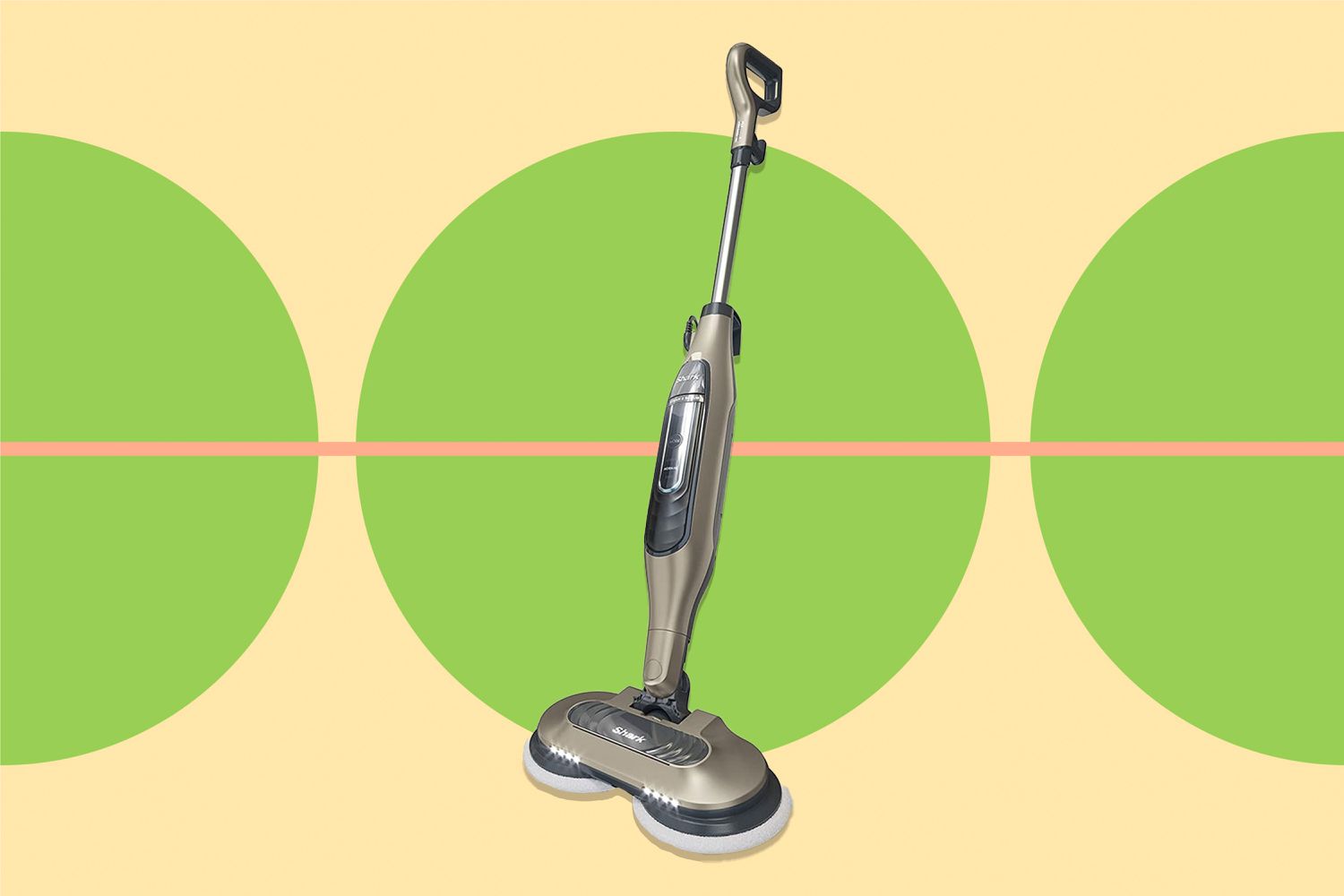
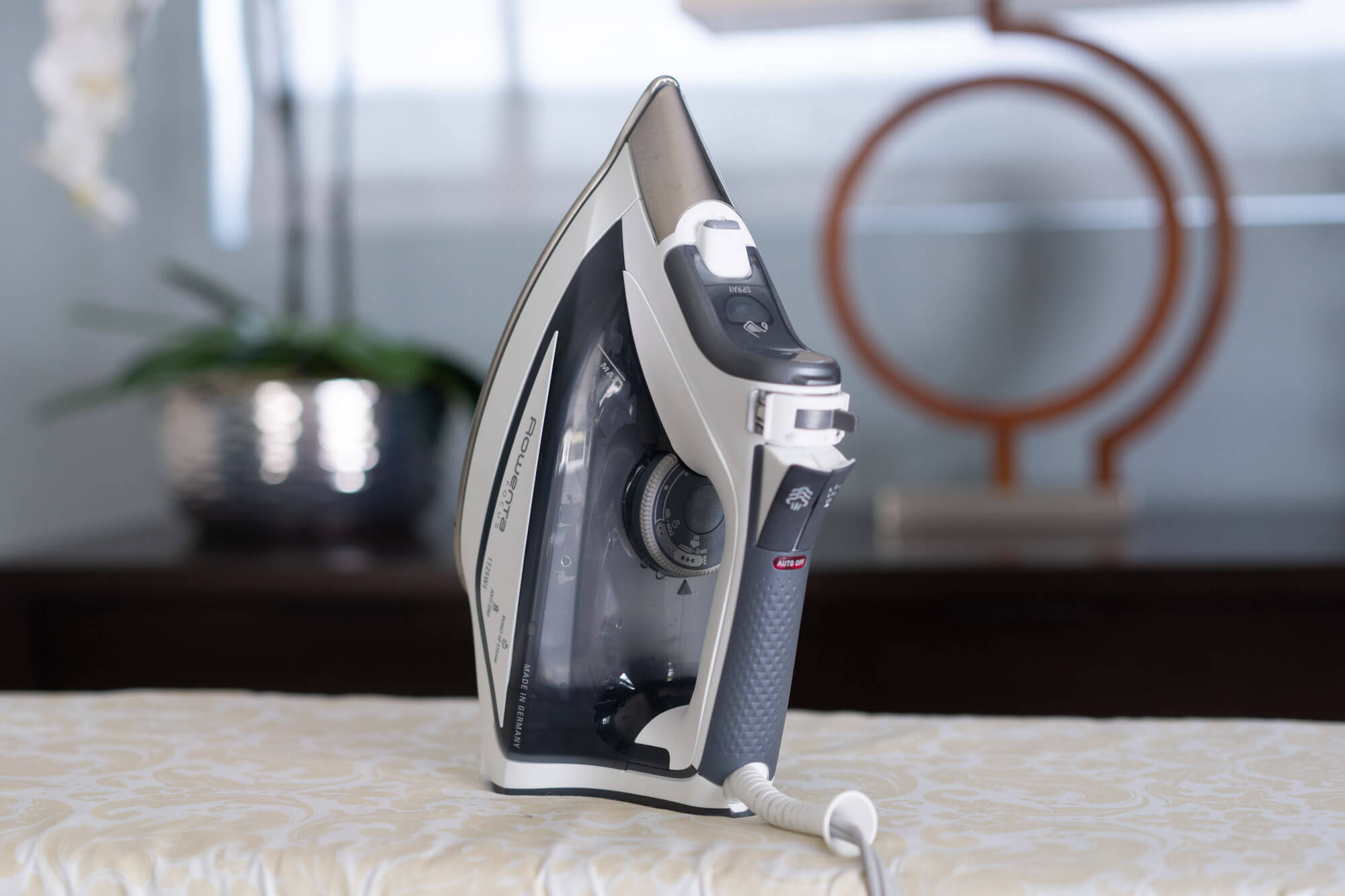
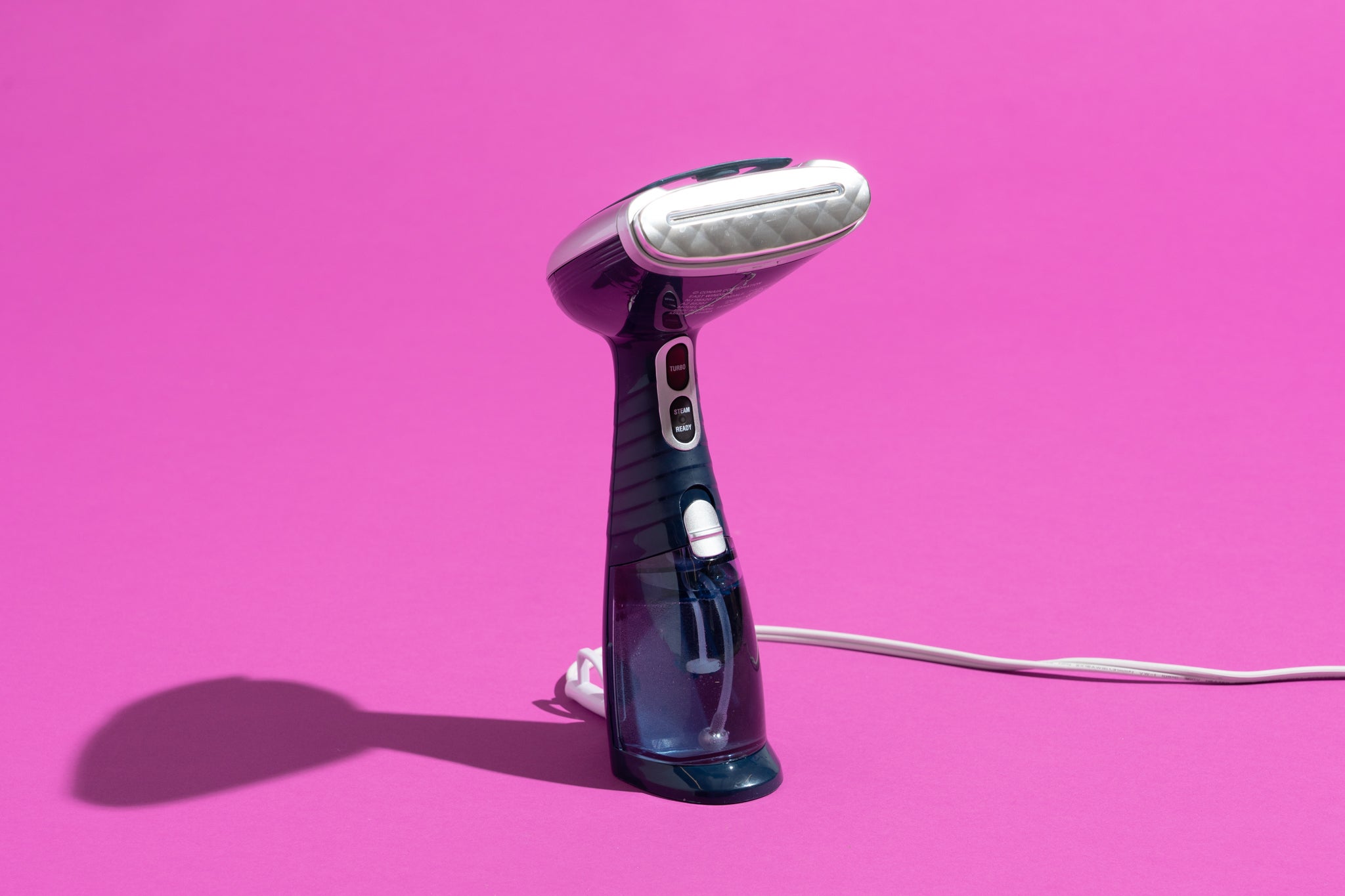
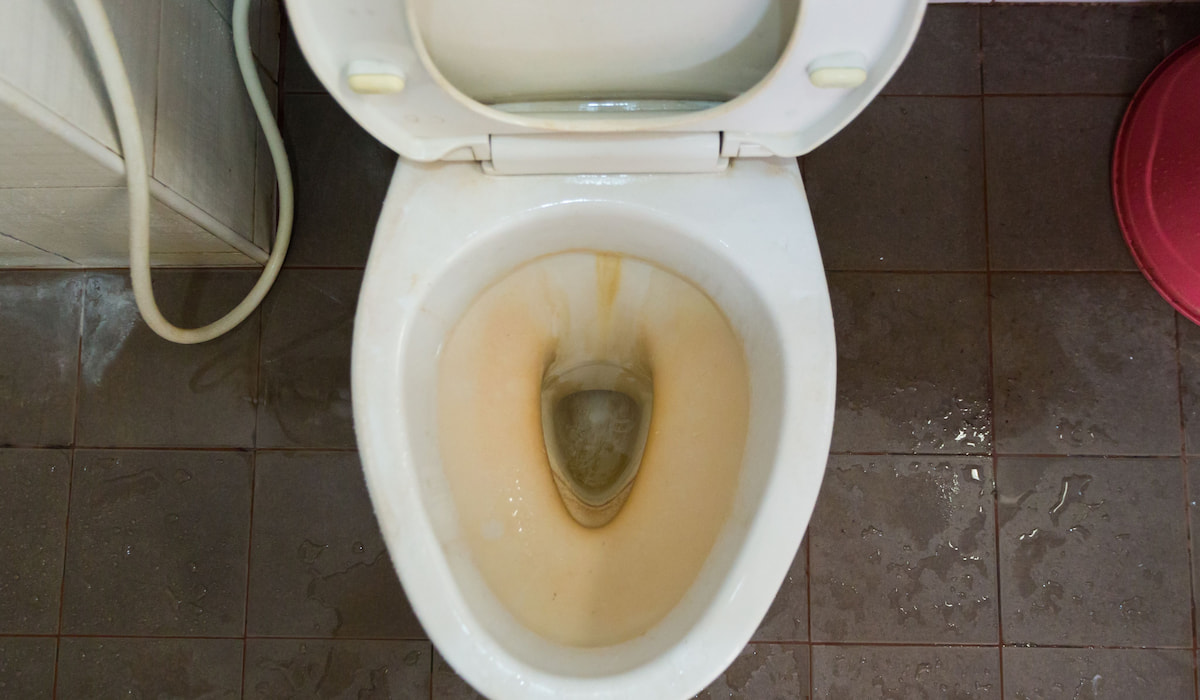
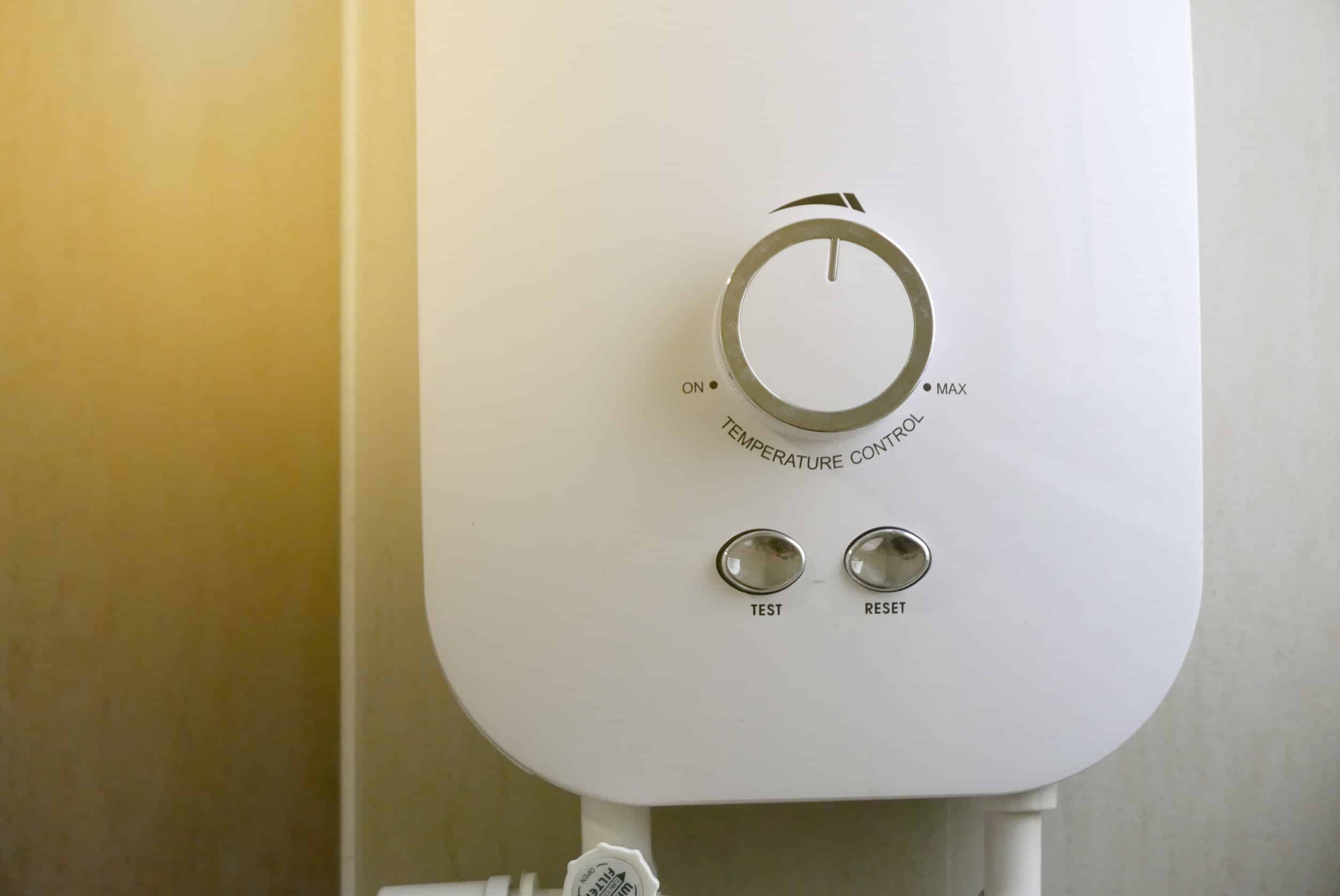
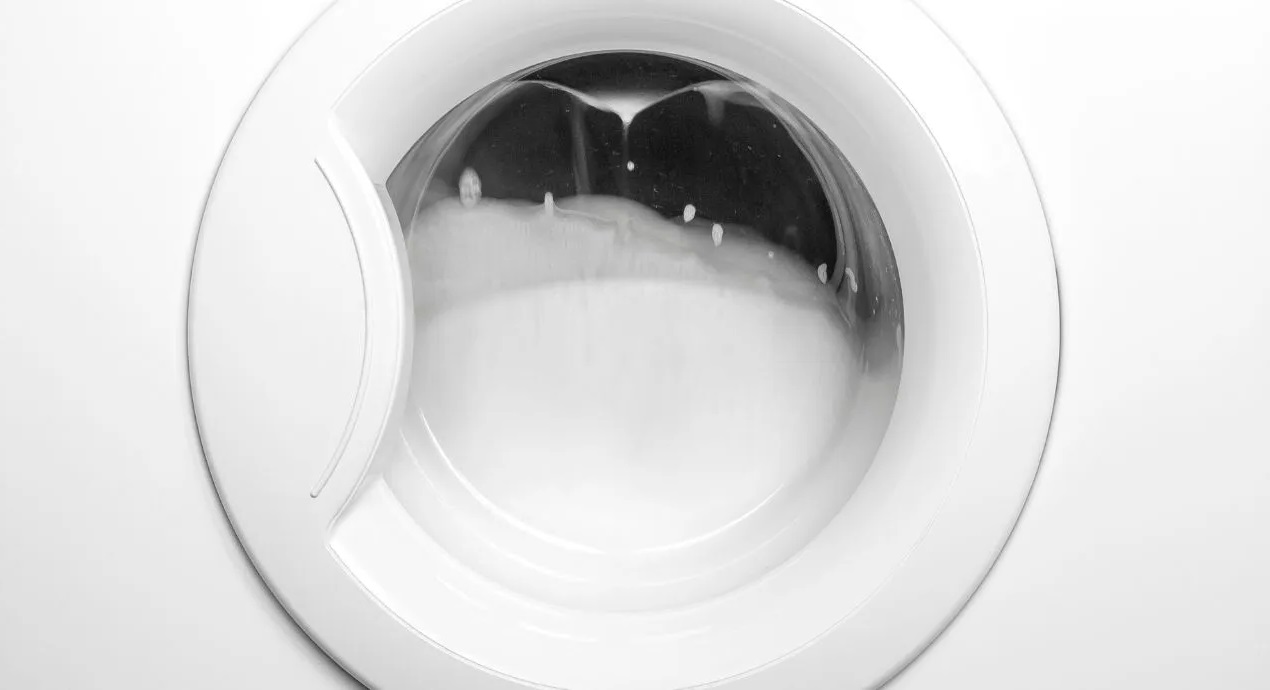
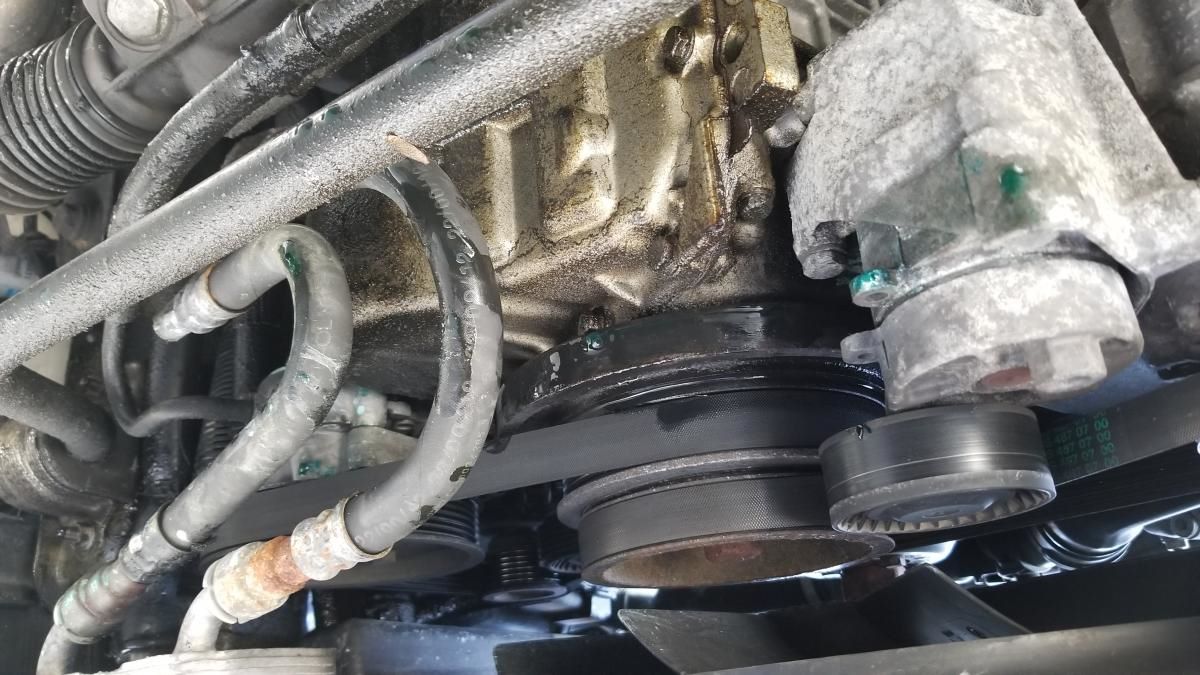
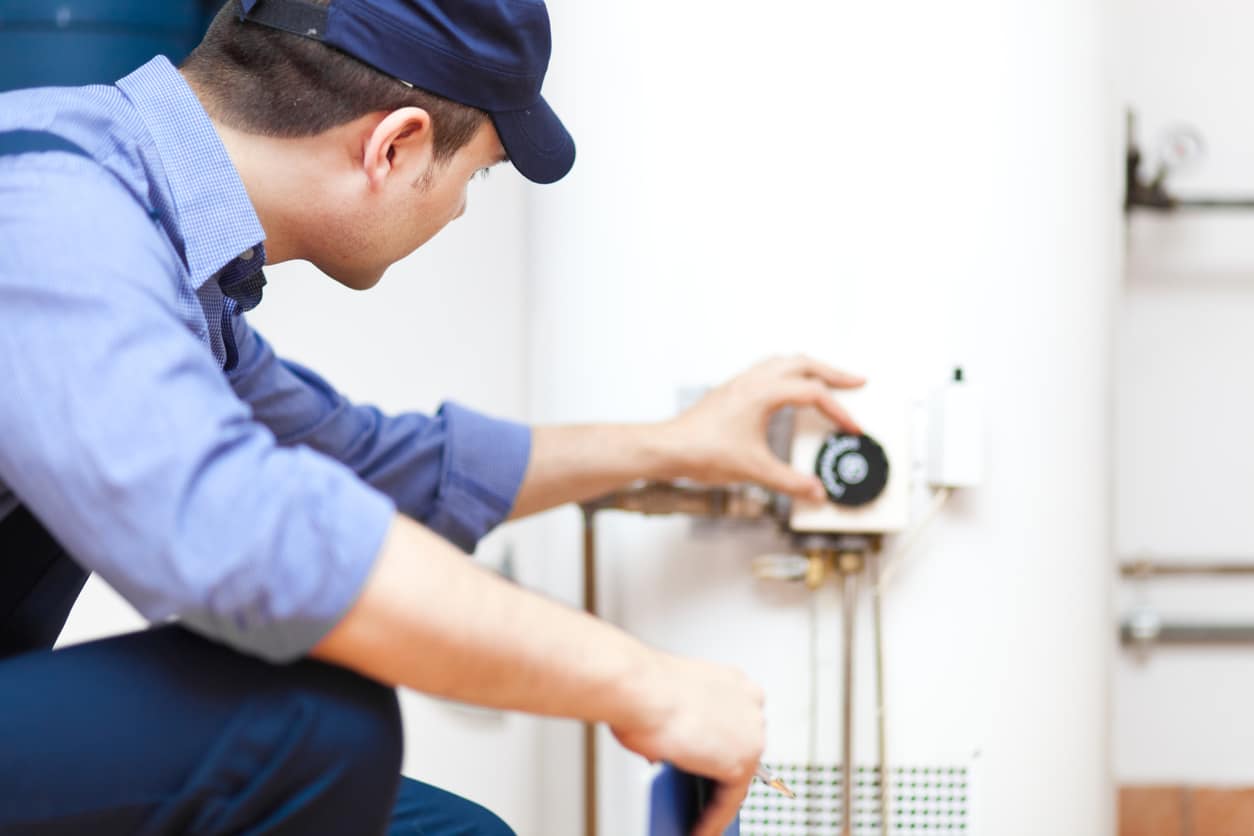
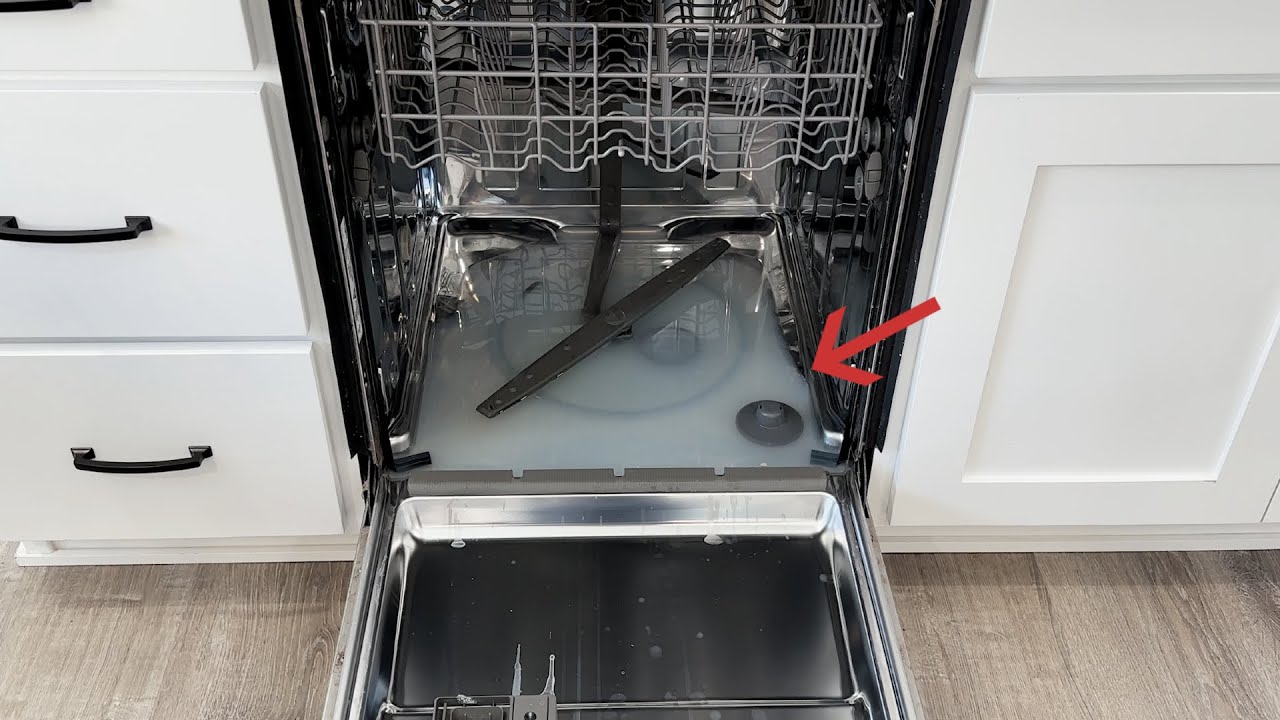
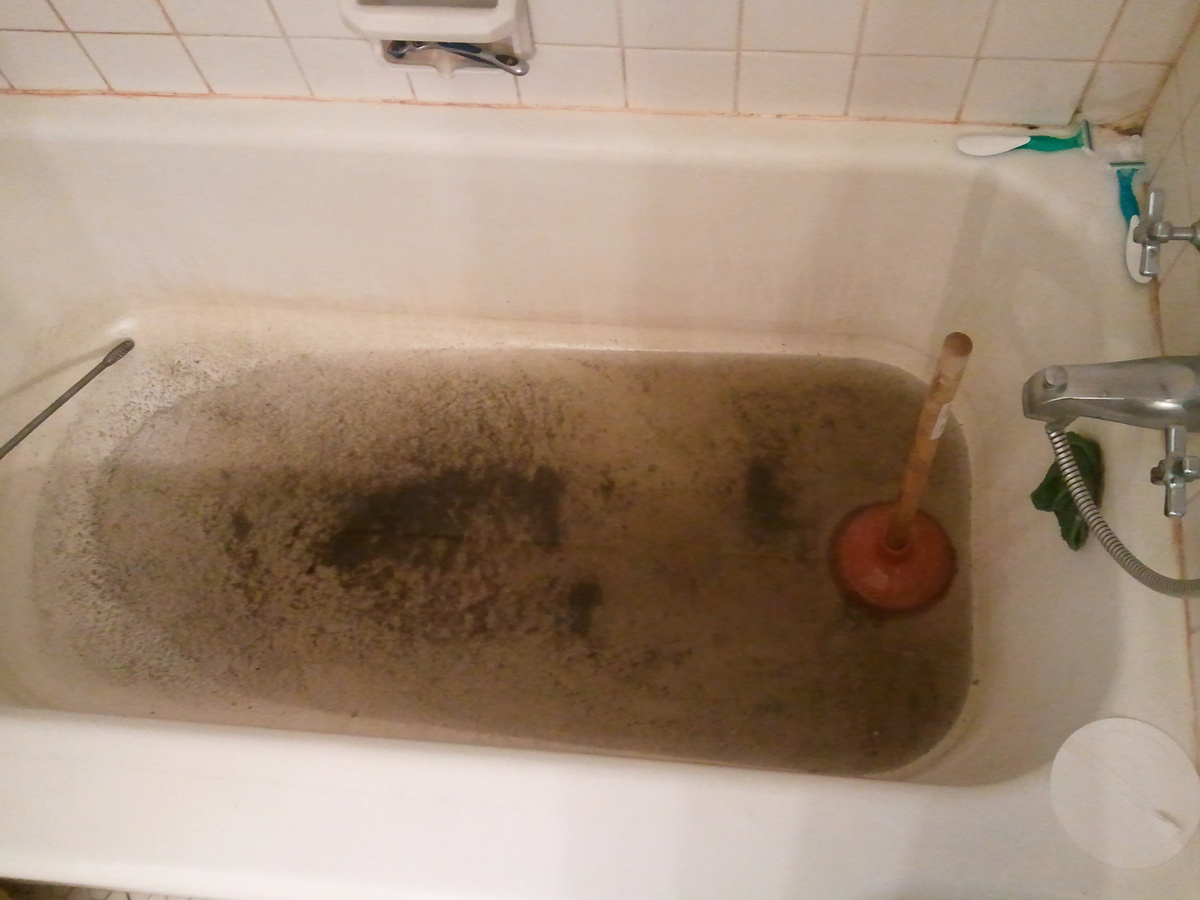
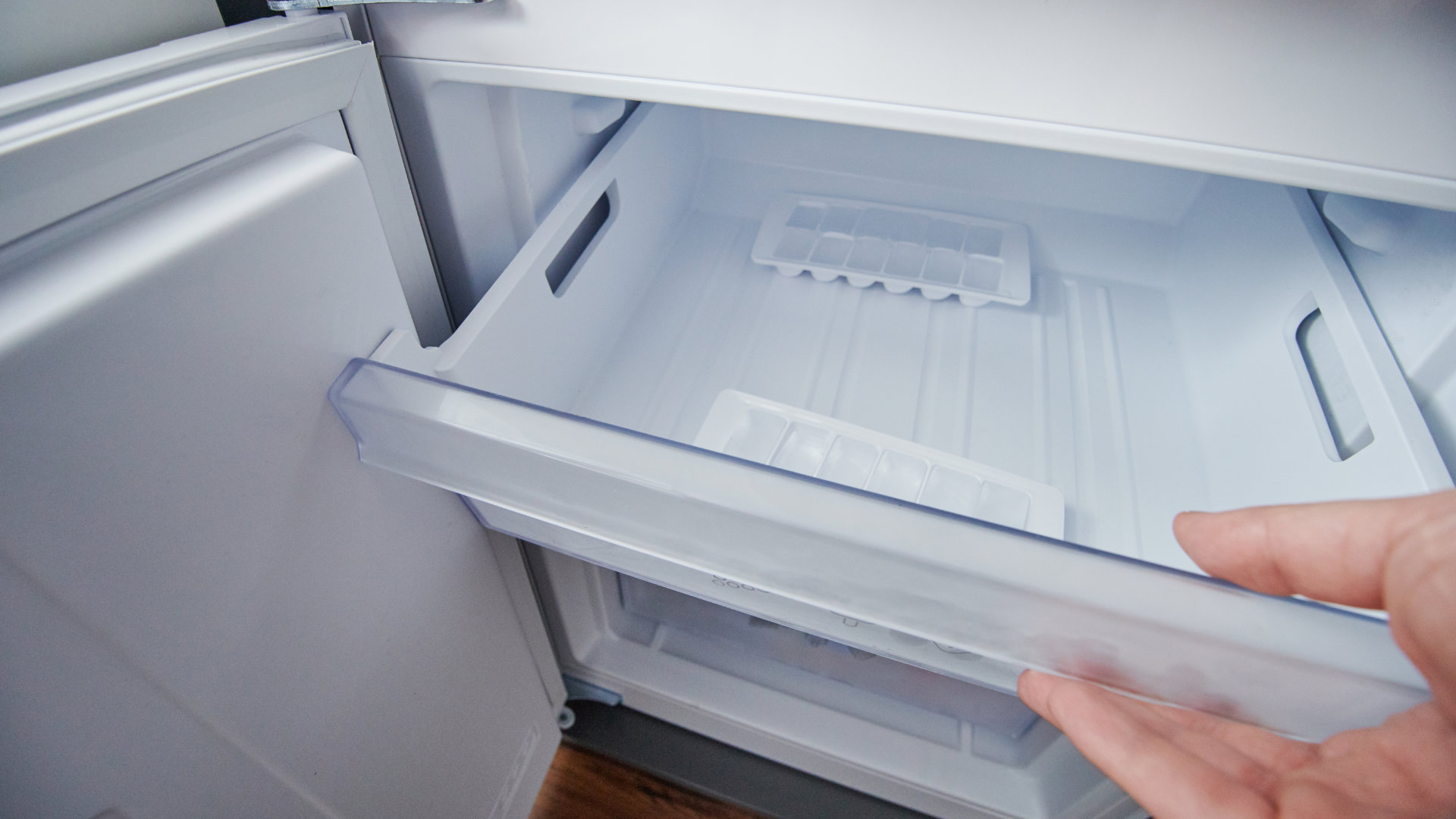
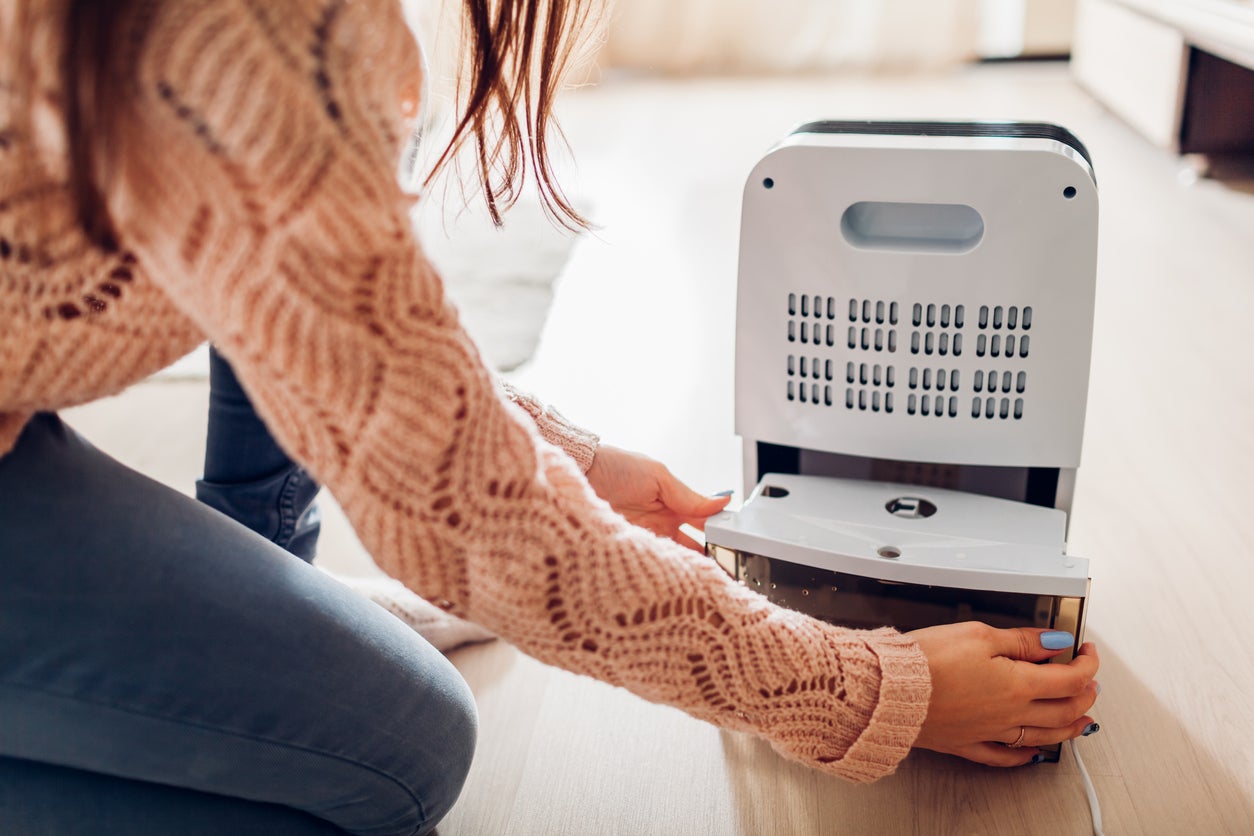
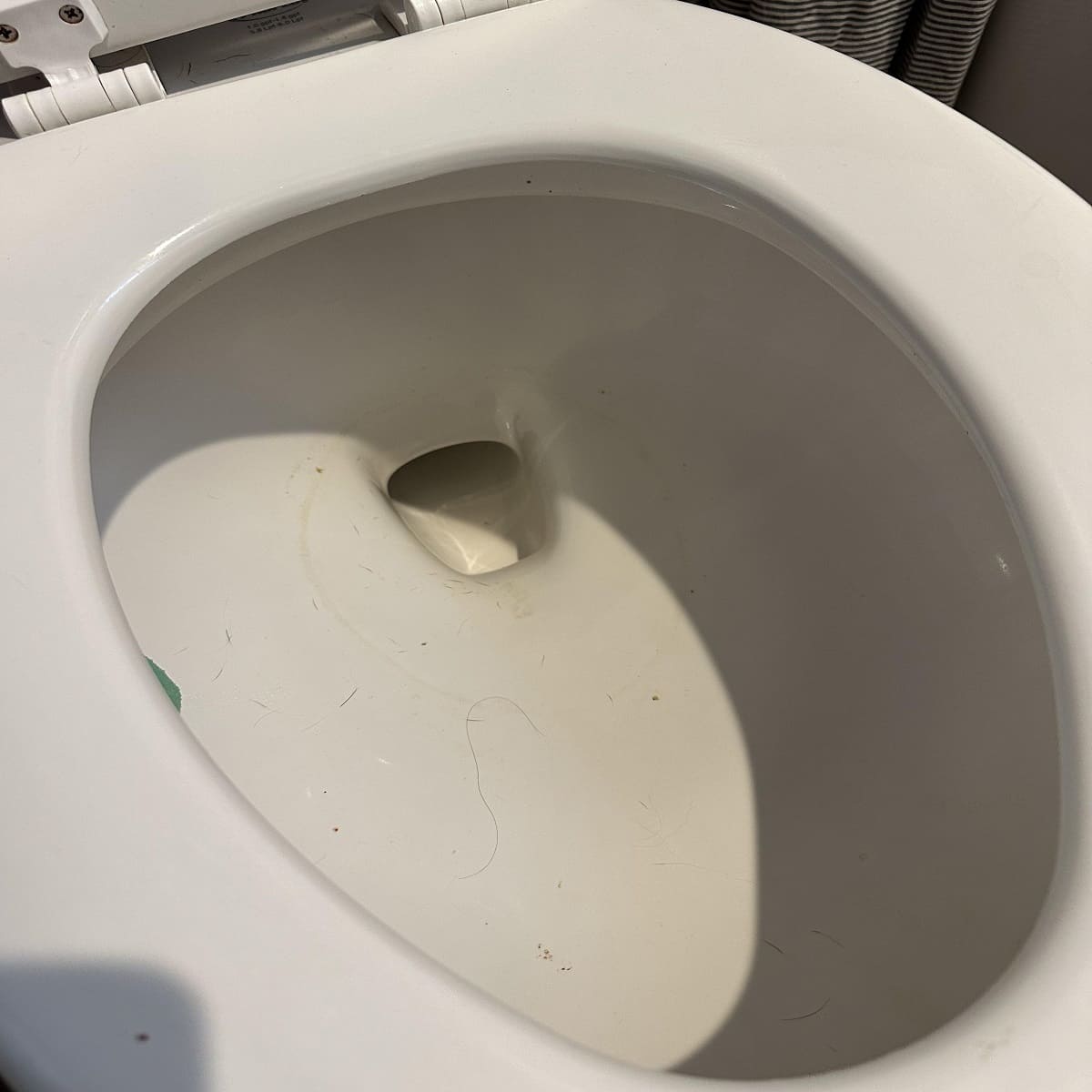

0 thoughts on “Why Is My Steamer Spitting Water”